Bats Use Same Techniques as Death Metal Singers to Vocalize, Study Finds
Their average vocal range spans an impressive seven octaves.
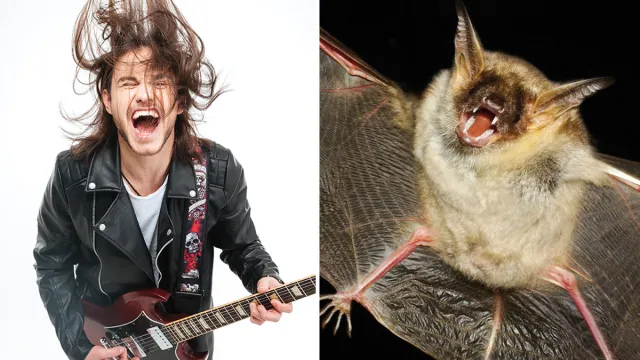
Bats may have some appropriate counterparts in the music world. Scientists have found winged creatures use the same vocal techniques to create unique sounds as death metal singers. In the study, published this week in PLOS Biology, researchers at the University of Southern Denmark investigated the noise-making techniques of Daubenton's bat, a small variety found across Europe and Asia.
They closely observed the different structures of the larynx, a.k.a. the voice box, which enables bats' seven-octave range. Read on to find out what they discovered.
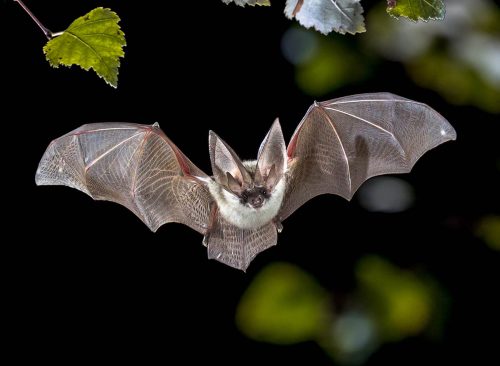
For bats, vocalizing is as crucial as breathing. They use sound to navigate in flight and to locate prey, a process called echolocation. And they're well equipped for the task: Bats have a seven-octave vocal range. (Humans only have three to four octaves). They use high-pitched sounds to echolocate and lower growls to communicate with each other.
The researchers wanted to know precisely how bats use that range. They filmed the larynxes of five Daubenton's bats while applying airflow to simulate breathing, then studied the vocal membranes and ventricular folds, also called "false vocal folds," vibrating at various frequencies.
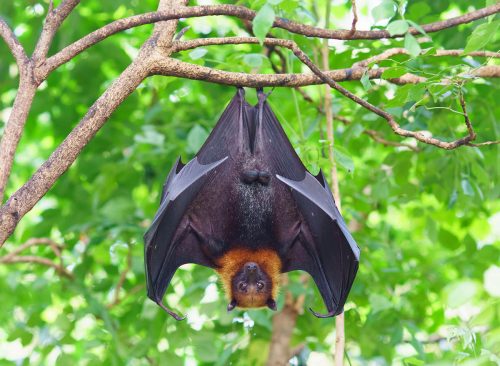
"We identified for the first time what physical structures within the larynx oscillate to make their different vocalizations. For example, bats can make low frequency calls, using their so called 'false vocal folds' — like human death metal singers do," said Coen Elemans, the lead study author and a professor of biology at the University of Southern Denmark, in a news release.

Ventricular folds, or false vocal folds, are located on top of the true vocal cords. They're called "false" because they aren't used in normal human speech and song. But certain types of vocals, like the distinctive growling of death metal singers and those used by Mongolian throat singers, employ those folds.
Humans move the vocal cords down, so they oscillate with the vocal folds. The folds are likely also the source of bats' low-frequency growls, the researchers found. "We venture to speculate that in bats, the ventricular folds have taken on the role of lower frequency vibrations," they said.
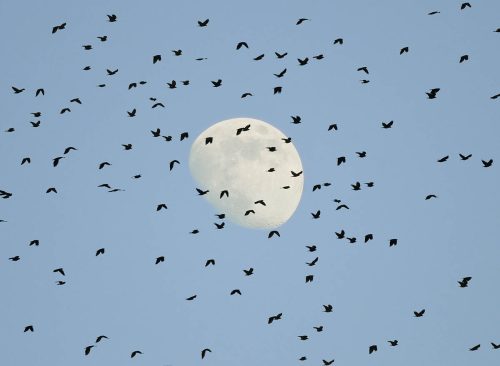
"A bat can determine the shape, size and texture of echoing objects within milliseconds," said Lasse Jakobsen, study coauthor and University of Southern Denmark biologist. The study found that bats make their extremely high-frequency echolocation calls by vibrating very thin vocal membranes, structures that humans also once had, but were lost to evolution.
"We have directly filmed these vocal membranes for the first time. To show their vibrations we needed to film at extremely high rates, up to 250,000 frames per second. We see many adaptations in the larynx, that we think are responsible for the bat's ability to make very high frequency calls very fast, so that they can catch insects while flying", said Jonas Håkansson, lead author of the study.
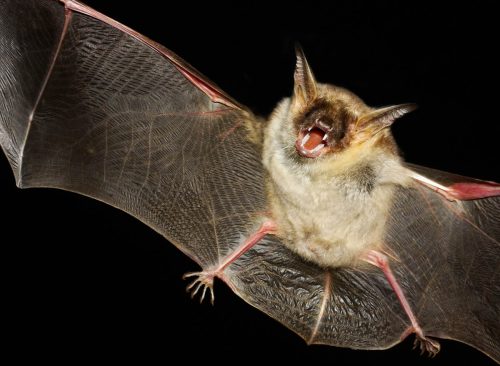
Scientists still don't know what exactly the bats are communicating when they use their death metal growls. It will be a focus of further research. "Some seem aggressive, some may be an expression of annoyance, and some may have a very different function," said Jakobsen.
"If you listen to a bat colony in the summer you can hear these calls very clearly," Elemans told the Guardian. "We don't know the function of the calls, but they make them when they are annoyed with each other, and when they fly away or join a colony."














